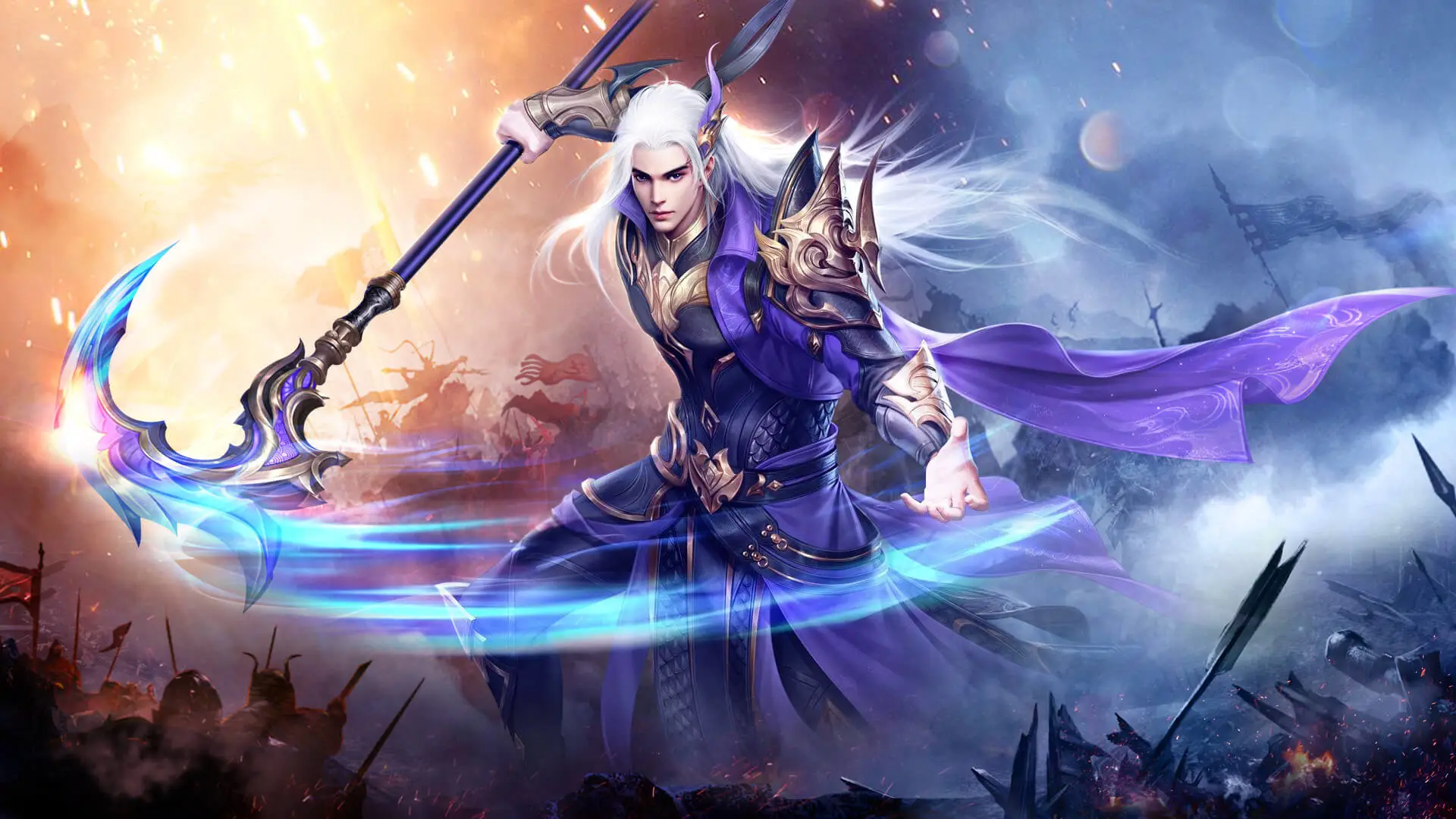Bigfoot Hunter Simulator VR: Track Missions Update Takes Immersion to the Next Level
Virtual reality has always promised to transport us to worlds beyond our imagination, but few experiences deliver on that promise as viscerally as Bigfoot Hunter Simulator VR. For years, players have donned their VR headsets, gripped their motion controllers, and stepped into the rain-soaked, shadow-drenched forests of the Pacific Northwest in pursuit of the world’s most elusive cryptid. Now, with the latest Track Missions Update, the hunt has become deeper, more immersive, and more thrilling than ever before.
This isn’t just another content drop. It’s a fundamental evolution of the game’s core loop, shifting the player’s role from a mere hunter to a true wilderness tracker. The update focuses on the journey, not just the destination, making the forest itself a puzzle to be solved long before a single hair of the Sasquatch is seen.
The Art of the Hunt: Deeper Tracking Mechanics
The previous version of the game offered hints—a broken branch, a distant roar—but the new tracking system is a complex and realistic web of clues that players must meticulously piece together.
A Layered Clue System: Gone are the simple, glowing indicators. The update introduces a tiered evidence system. It starts with subtle environmental cues: a faint impression in the mud that could be a print, disturbed foliage that suggests a large body passed through, or scratched bark on a tree at a height no common animal could reach. These are easy to miss if you’re crashing through the undergrowth. Success demands patience and a keen eye.
Forensic Analysis Tools: Your trusty backpack has received a major upgrade. The new portable evidence kit includes:
- Plaster Casting Tools: When you find a clear print, you can now create a plaster cast. This isn’t an instant animation; it’s a mini-game requiring steady hands to mix the plaster and pour it carefully, all while listening to the unsettling sounds of the forest around you.
- Digital Camera with Zoom Lens: Document everything. Photographs of prints, hair samples caught on thorns, and other clues are logged in your digital journal. The quality of your photo (focus, lighting, stability) affects the clarity of the information the journal provides.
- Audio Scanner: This device filters forest sounds, allowing you to isolate and identify distant calls, heavy footsteps, or low-frequency grunts. Analyzing these recordings can point you toward the creature’s last known location.
New Mission Structures: The Story of the Hunt
The Track Missions Update introduces a series of new, multi-stage missions that fully utilize these mechanics. Instead of a single objective to “find Bigfoot,” you now undertake narrative-driven hunts.
1. The Search for the Prospector: A local old-timer claims a Sasquatch has been lurking around his abandoned claim site, scavenging tools. Your mission begins at his cabin, where you find a massive handprint on the wall and a trail of muddy, oversized footprints leading into the woods. You must follow this trail, preserving prints and documenting other signs, to locate the creature’s new nesting area.
2. The Guardian of the Stones: Reports of strange, symmetrical rock formations deep in the woods have emerged. The mission isn’t to hunt, but to observe and document the creature’s behavior around these sites. This requires extreme stealth, using natural cover and wind direction (a new gameplay factor) to avoid detection while you gather photographic proof of its ritualistic activities.
3. The Nocturnal Predator: As the sun sets, a new threat emerges. This mission challenges you to track a more aggressive specimen under the cloak of darkness. With only a limited flashlight and your audio scanner, you must rely on enhanced auditory clues—the snap of a twig to your left, a deep, guttural breathing from the shadows ahead. The tension is palpable.
Enhanced AI and Ecosystem Interaction
Bigfoot himself is smarter and more realistic. His AI has been overhauled to make him a more reactive and believable creature within the ecosystem.
- Curiosity and Cunning: The Sasquatch will now investigate sounds it can’t identify. A poorly placed motion sensor might attract it, not just scare it away. It will double back on its own trail, hide in dense thickets, and use the environment to its advantage, making it a far more formidable and intelligent opponent.
- Prey and Predator: The forest feels more alive. You’ll now witness the creature interacting with its environment—fishing in streams, foraging for berries, or even startling herds of deer. These moments aren’t just for show; they provide crucial tracking opportunities. A stampede of deer can signal the Sasquatch’s recent passing.
A New Level of VR Presence
What truly sets this update apart is how it leverages VR technology to create unparalleled immersion. The act of physically crouching down to examine a print, holding your breath to steady your hand while pouring plaster, or slowly raising your camera to zoom in on a distant figure—these are not button presses. They are physical actions that forge a powerful connection between you and the game world. The fear is no longer just about a jump-scare; it’s the dread of hearing a twig snap behind you while you’re focused on the ground, forcing you to make the difficult VR choice of whether to turn around and face the unknown or freeze and hope it passes.

Conclusion: The Definitive Cryptid Hunter Experience
The Track Missions Update for Bigfoot Hunter Simulator VR is a masterclass in how to deepen a VR experience. It moves beyond the initial novelty of the hunt and invests in the quiet, tense, and methodical science of the search. It demands observation, patience, and courage, making the eventual encounter with the legendary beast a hard-earned climax rather than a scripted event.
This update doesn’t just add content; it redefines the game. It solidifies Bigfoot Hunter Simulator VR as the most authentic and terrifying Sasquatch tracking experience available in virtual reality. The woods are calling. They have new stories to tell. Do you have the nerve to follow the tracks?

















